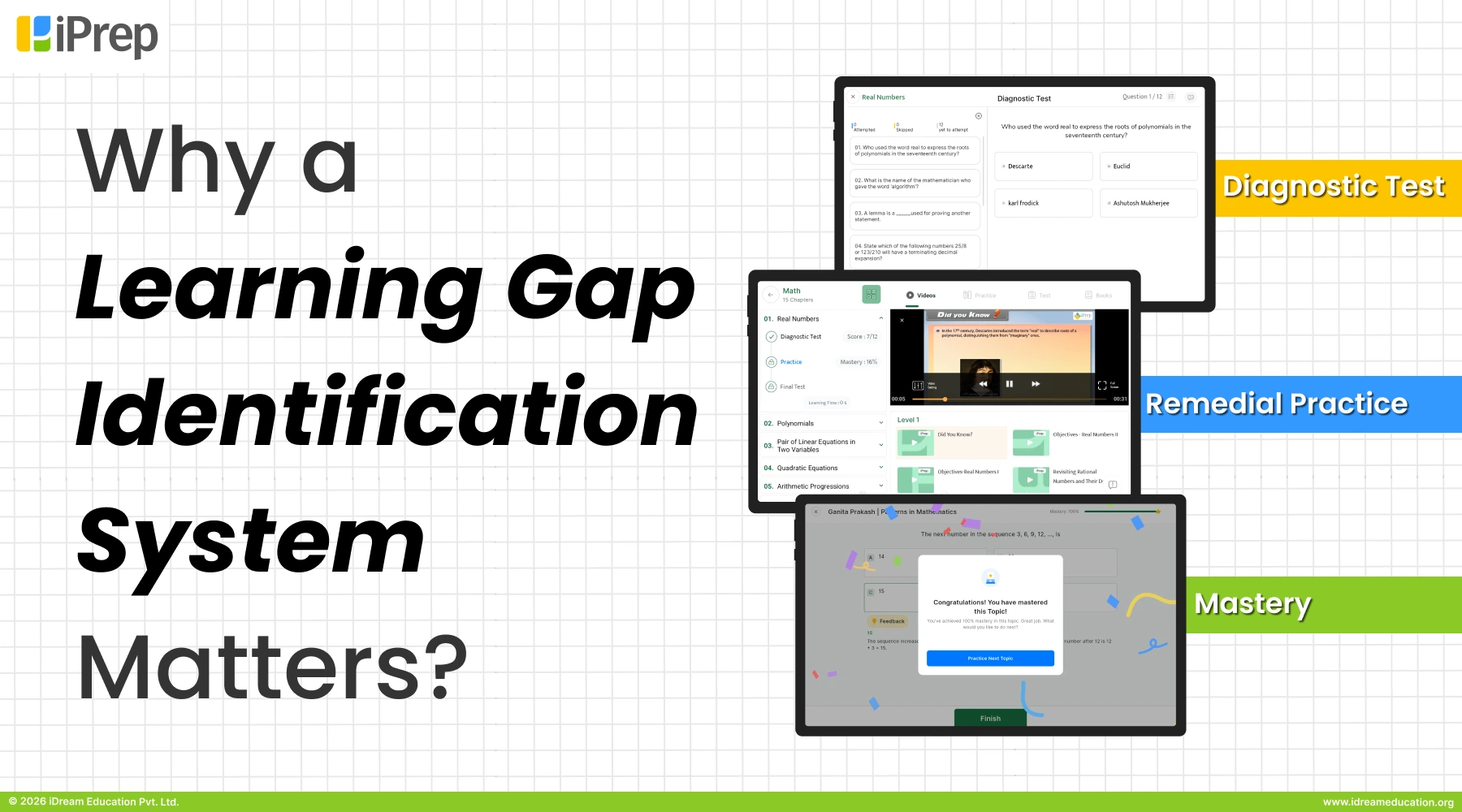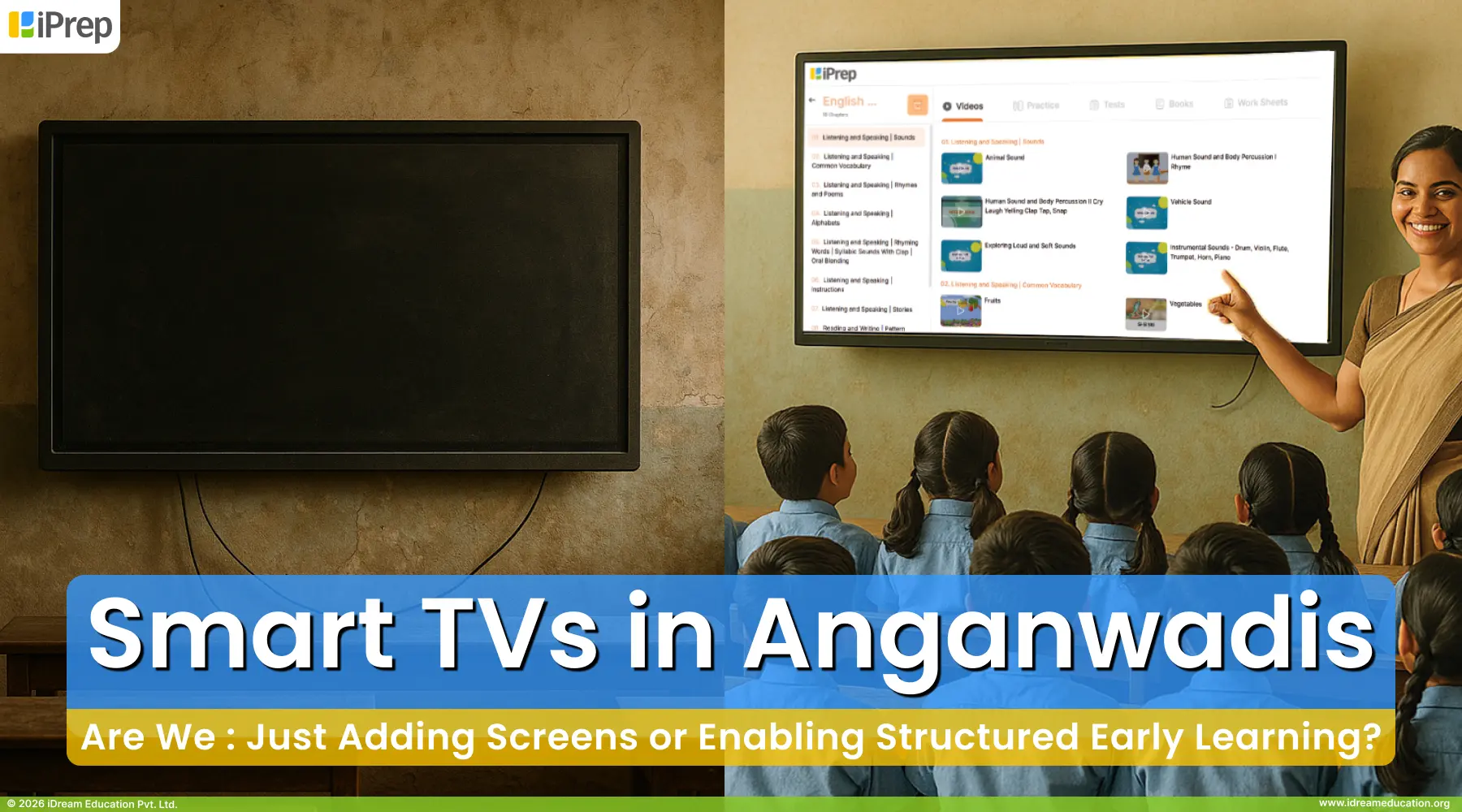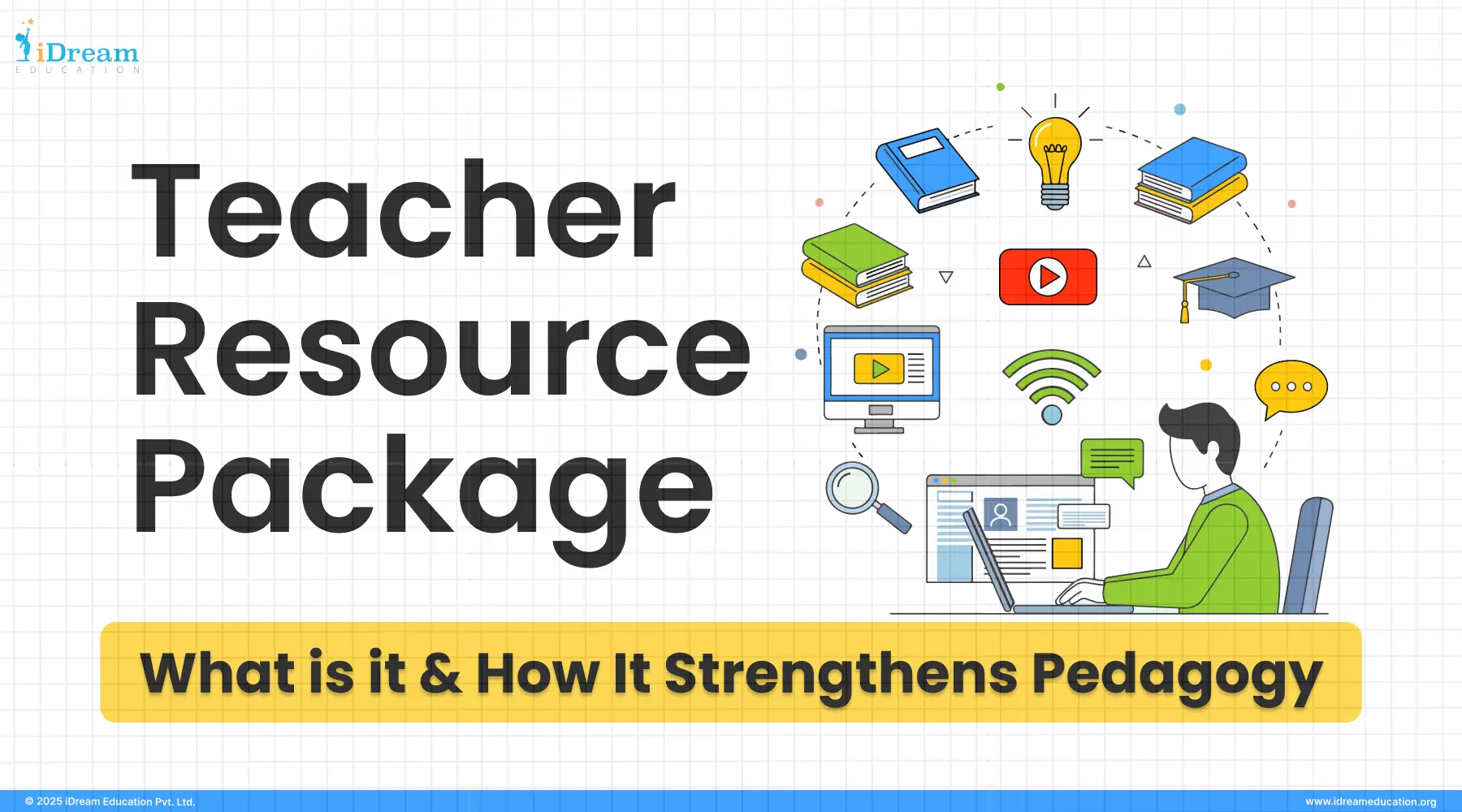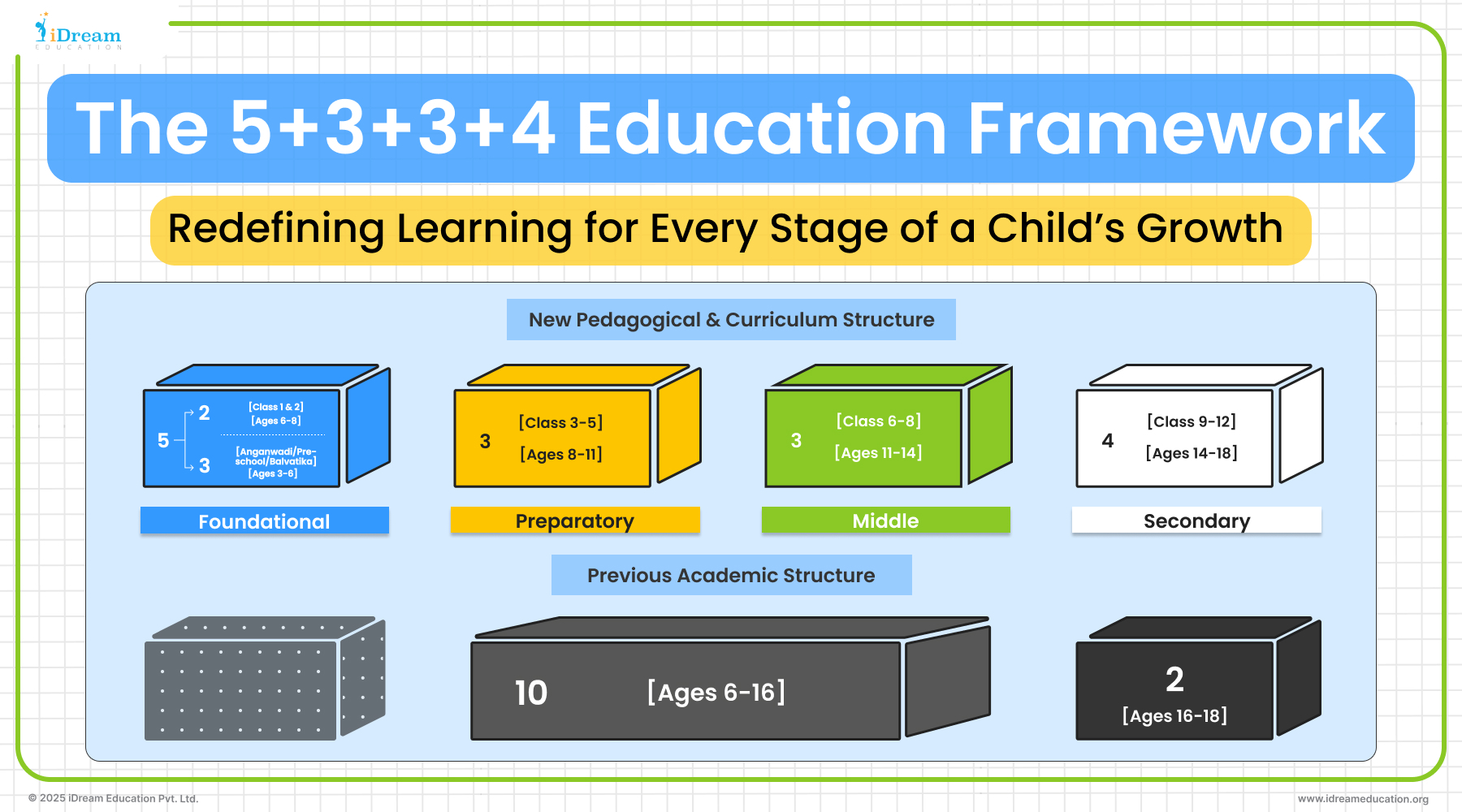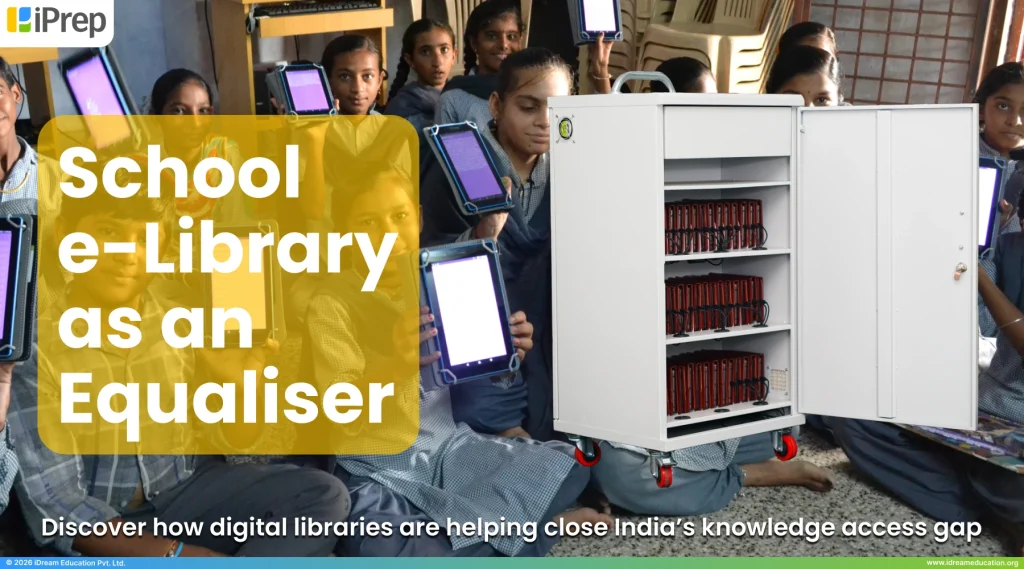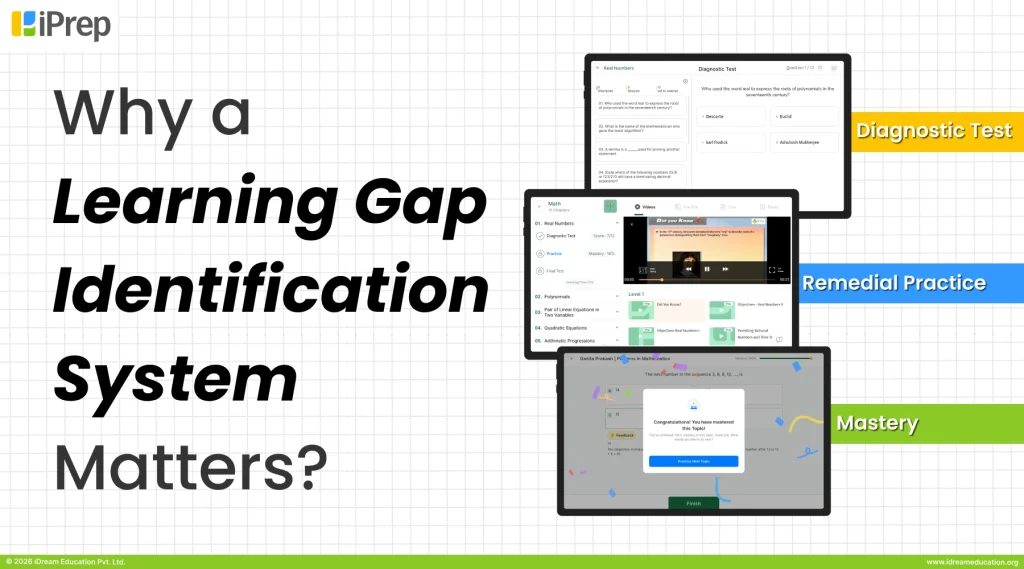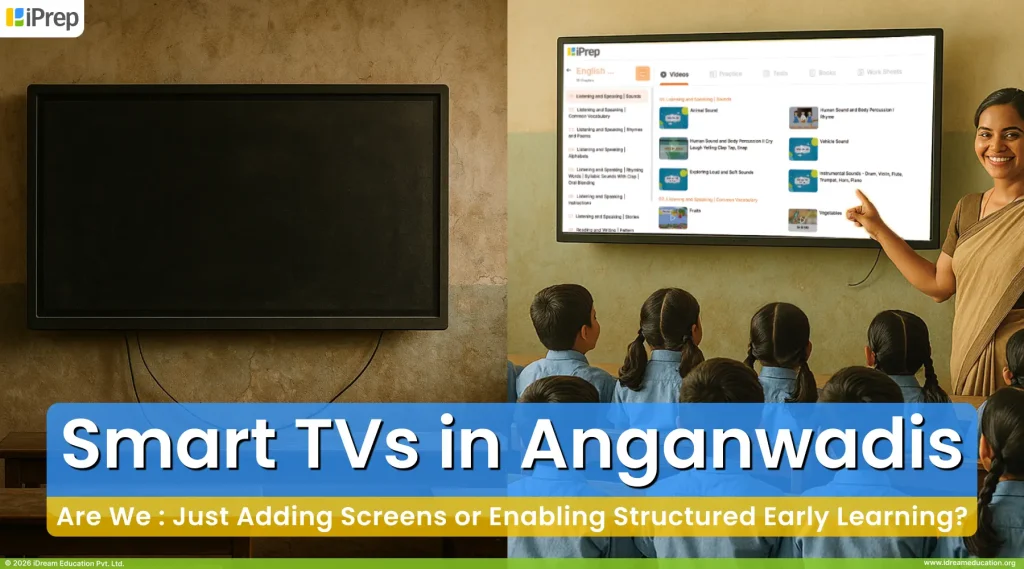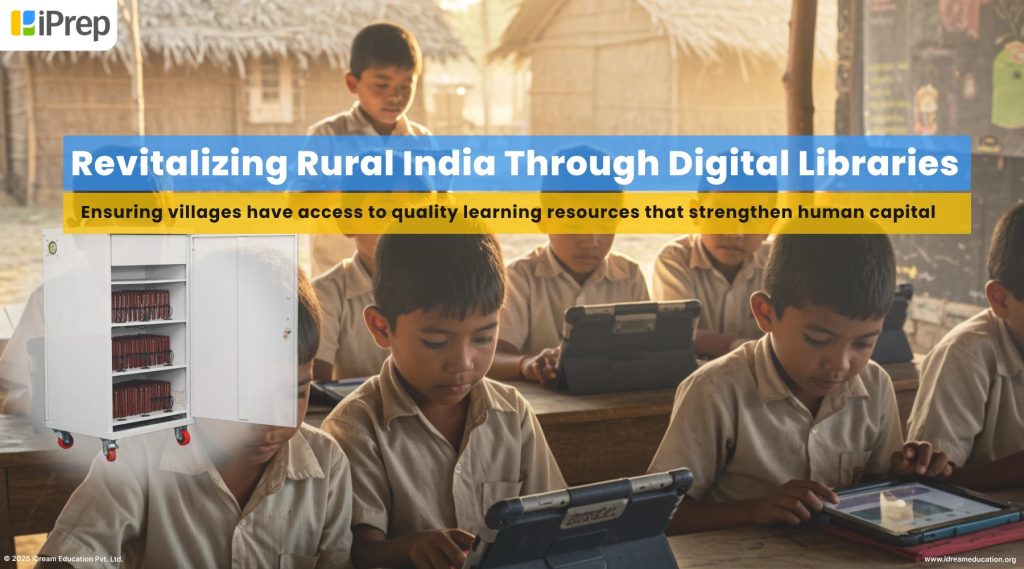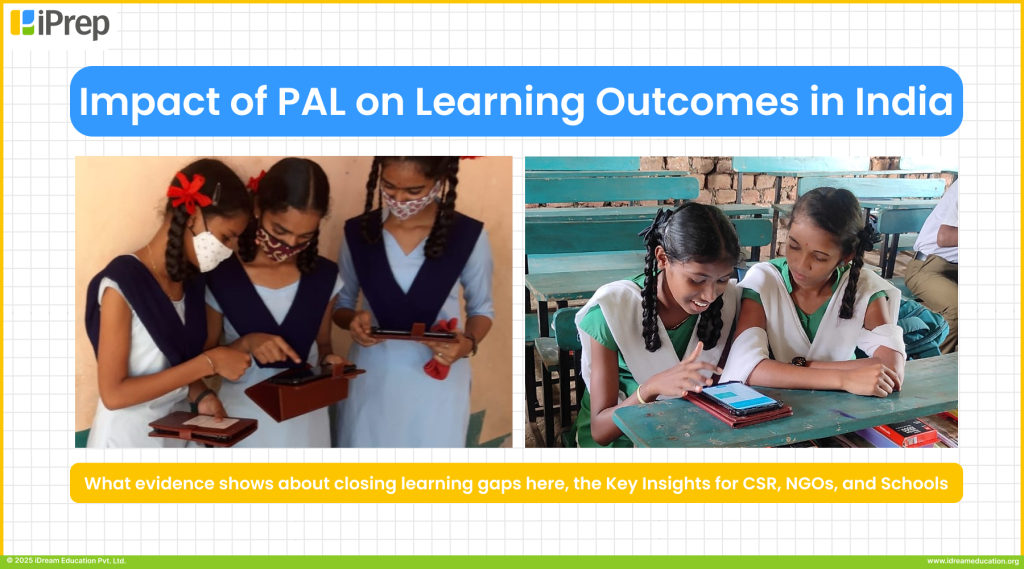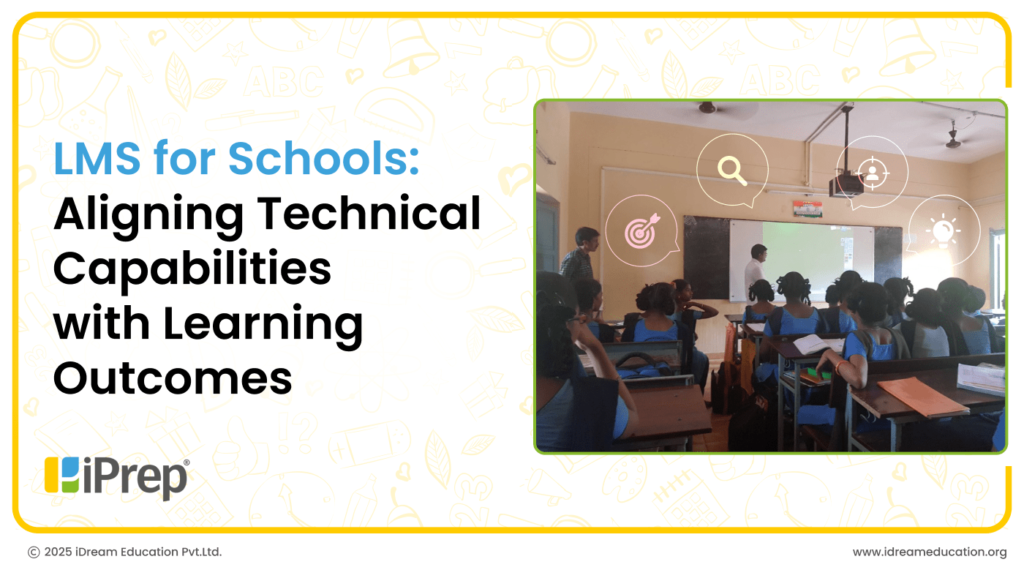
Remember when teaching meant endless paperwork and limited resources? Modern learning management systems are changing that reality for schools across India, with platforms like DIKSHA now serving 167 million enrolled users as of 2024.
The right LMS for schools doesn’t just digitise worksheets—it transforms teaching.
Research in rural Indian schools shows that electronic LMS reduces student absenteeism while significantly improving academic performance.
Also, schools report teachers saving up to 60% of their time on administrative tasks.
From our work with hundreds of schools across 21 states, we’ve seen firsthand how the right LMS elevates education, while poorly chosen systems collect digital dust.
This guide cuts through marketing promises to help you find a K12 education LMS that works in classrooms.
Essential Questions to Guide Your LMS for Schools Selection
Before diving into feature comparisons of LMS for schools, step back and tackle these foundational questions:
1. What classroom headaches are you actually trying to solve?
Get specific. Are teachers drowning in grading? Are students bored with one-size-fits-all content? Do parents complain about not knowing what’s happening in class?
From our boots-on-the-ground work in schools all over India, we’ve seen that many struggle with basic issues like delivering consistent lessons across multiple sections and finding quality materials in local languages.
Kids in Rajasthan shouldn’t have to learn exclusively in English just because that’s all the digital content available.
That’s why solutions like iPrep prioritise multilingual resources and standardised lesson frameworks.
2. What tech realities exist in your classrooms?
Be brutally honest here. Those shiny laptops from the 2018 donation drive—how many still work? Does your internet drop every time it rains? How comfortable are your veteran teachers with new software?
Don’t skip this reality check. We’ve seen far too many schools waste lakhs on sophisticated platforms their infrastructure simply cannot support.
Count your working devices, measure your actual bandwidth (not what the ISP promises), and track how frequently power cuts happen. Your LMS needs to work in your school as it exists today, not some idealised version.
3. Who’s going to champion this system when the going gets tough?
Every successful digital initiative we’ve seen had a passionate internal advocate—someone who wouldn’t let initial hiccups derail the whole project. Identify this person early. Give them time, authority, and resources to support others.
Without this champion, even the most impressive system will collect digital dust after the initial excitement fades.
Pedagogical Foundations: Beyond the LMS for Schools Technology
While technical features often dominate discussion on LMS for schools, the most successful implementations prioritise pedagogical alignment. A platform’s K-12 educational approach—not its feature list—determines whether it will enhance or hinder teaching. These core elements deserve careful consideration:
Teaching style flexibility matters
Your school likely has diverse teaching approaches. Some teachers excel with flipped classrooms, others with project-based learning.
Effective LMS platforms accommodate this diversity rather than forcing a single approach. Look for systems that provide helpful structure without stifling teacher creativity.
Content differentiation for diverse learner needs
Quality platforms offer varied content formats—videos, interactive exercises, straightforward text—and allow students to progress at appropriate speeds.
During demonstrations, press vendors on how their system handles these real classroom differences.
Seamless assessment integration
The most effective LMS for schools weave assessment naturally into learning rather than treating it as a separate event.
For example, as a learning super app, iPrep embeds periodic checkpoints that adjust difficulty based on student responses—struggling learners receive additional support while advanced students tackle more challenging extensions.
Technical Essentials Worth Evaluating in an LMS for Schools
Evaluate these critical elements while implementing LMS for schools:
Data security and privacy protections
Request specific documentation: Where exactly is student data stored? Who can access it? What happens to this information when your contract ends?
Insist on compliance with data protection laws.
Offline functionality for inconsistent connectivity
This requirement is non-negotiable for most Indian schools. Your LMS must function offline with intelligent syncing when connectivity returns.
Test offline capabilities thoroughly in your actual school environment.
Intuitive content creation tools
Teachers need to adapt materials for their specific students. Prioritise intuitive authoring tools that allow teachers to modify existing resources without extensive training.
Test these tools with your least tech-confident teachers.
Actionable analytics and reporting
The system should clearly show which concepts students struggle with, which resources teachers actually use, and where additional support might be needed.
The best reporting systems function even offline—a feature we have integrated into iPrep’s analytics.
Implementation Success Factors for LMS for Schools
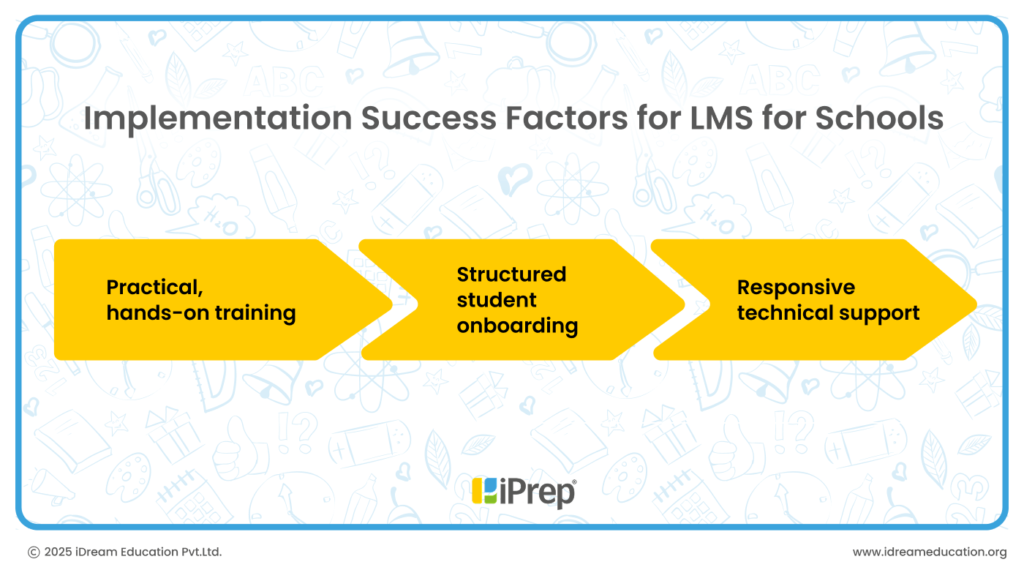
Even the most suitable LMS platform fails without proper deployment and support. These implementation elements significantly impact adoption and sustainability:
Practical, hands-on training
Teachers need guided practice with the actual tools they’ll use daily. Peer-led sessions where teachers work through realistic scenarios far outperform vendor-led presentations. Ask about training formats, duration, and whether refresher sessions are included.
Structured student onboarding
Allocate specific instruction time to help students learn to navigate the system. Consider developing simple video tutorials or quick-reference guides specifically for student users.
Responsive technical support
Investigate response times, support hours, and language availability. The most effective implementation partners provide regular on-site assistance—our field teams visit partner schools monthly because timely in-person troubleshooting prevents minor frustrations from causing abandonment.
Future-Proofing Your LMS for Schools Investment
Consider these forward-looking factors to avoid premature rejection of the LMS:
Innovation track record and development roadmap
Examine the platform’s update history. How frequently are new features released? How responsive is the company to educator feedback? A stagnant platform quickly becomes obsolete in today’s rapidly evolving educational landscape.
Growth, accommodation, and scalability
Consider whether the system can grow alongside your school without performance degradation or surprise cost increases. Quality platforms scale smoothly without dramatic performance issues or unexpected expense spikes.
True five-year ownership costs
Request detailed figures covering all costs: licensing fees, per-user costs, content updates, training, maintenance, and support.
We’ve found that perpetual licensing models—like what iPrep offers—significantly reduce long-term expenses while ensuring schools maintain content access even after funding cycles conclude.
Making the Right LMS for Schools Match for Your Institution
These structured evaluation strategies will guide you toward the most appropriate solution:
- Develop a weighted decision matrix prioritising your essential needs. Be ruthless about distinguishing between “must-have” and merely “nice-to-have” features.
- Include diverse stakeholders in the evaluation process. This collective wisdom helps avoid costly implementation mistakes and builds broader buy-in.
- Request demonstrations using your specific teaching scenarios. Prepare situations from your school: “Show me how a science teacher would distribute lab instructions and collect student observations.”
- Speak with current users beyond vendor-supplied references. Request conversations with schools similar to yours that have used the system for at least a full academic year.
Final Note
Selecting the right LMS for schools requires balancing pedagogical needs, technical capabilities, and implementation support. The most successful deployments focus on teaching practices over feature lists, accommodate your actual infrastructure constraints, and include comprehensive training.
Remember that the best platform for your school isn’t necessarily the one with the most features—it’s the one that best addresses your specific context and challenges.
iPrep: An LMS for Schools in India
iDream Education’s extensive work with schools across 21 states has taught us that sophisticated features mean little if the system doesn’t function reliably in environments with intermittent electricity and limited connectivity.
This understanding shaped iPrep, the learning super app’s development. Here are its key features:
- Offline Learning Support: Functions reliably in low-connectivity and intermittent electricity conditions.
- Multi-Device Access: Available on tablets, mobile phones, and computers for flexible learning.
- Comprehensive Digital Content: Offers curriculum-aligned lessons, videos, quizzes, and interactive modules.
- Personalised Learning Paths: Adapts to each student’s progress for a customised learning experience.
- Teacher & Admin Dashboard: Enables performance tracking, attendance monitoring, and content management.
- Multi-Language Support: Provides content in multiple Indian languages for inclusive learning.
- Assessments & Reports: Generates real-time insights and analytics on student performance.
- Interactive & Engaging UI: Designed for ease of use by students and educators alike.
- Secure & Scalable: Ensures data privacy and supports institutions of all sizes.
- Seamless Integration: Compatible with school management systems and digital infrastructure.
To learn more, connect with us at: +91 7678265039. You can also share your details here or write to us at share@idreameducation.org


